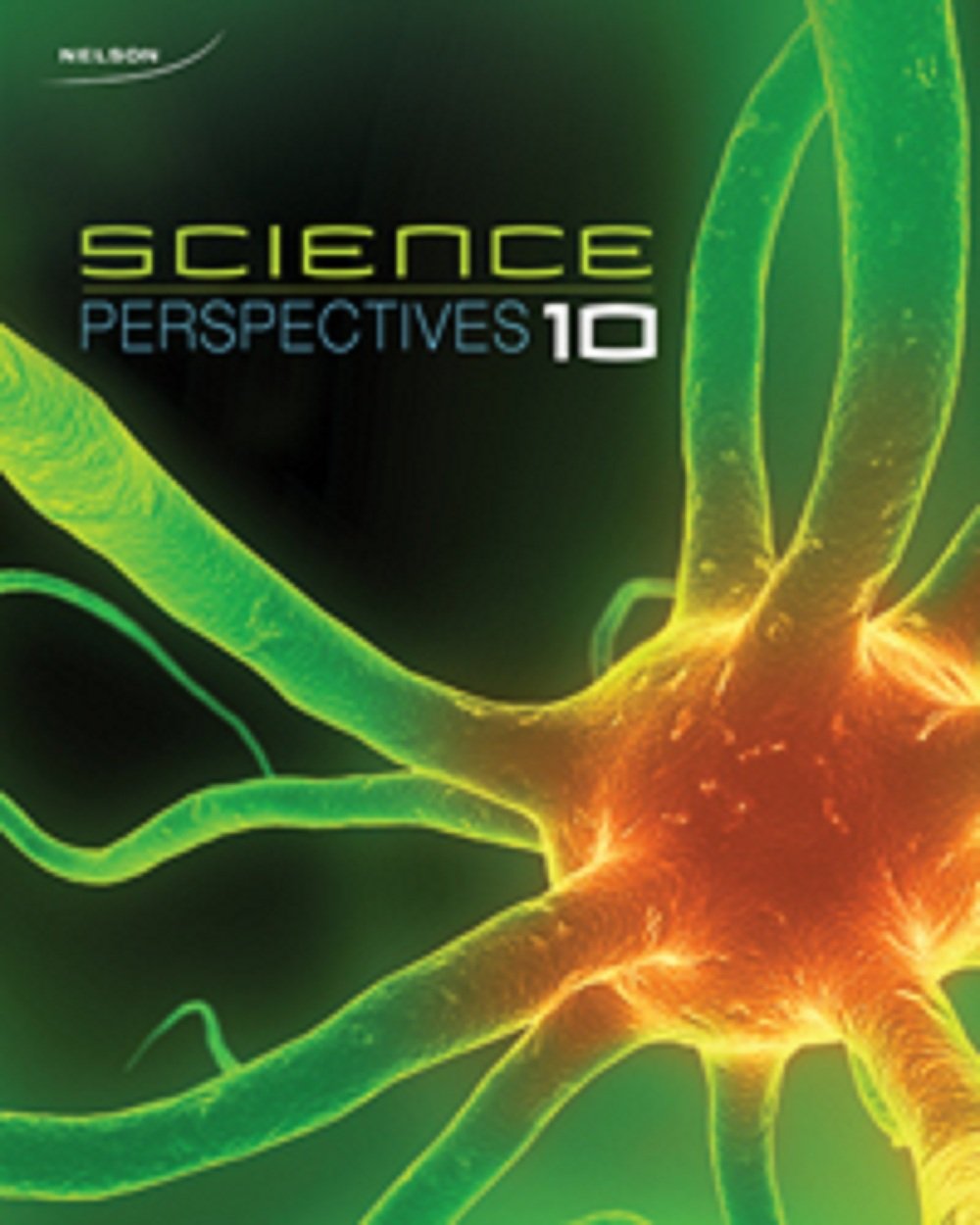
Nelson Science Perspectives 10
1st Edition
ISBN: 9780176355289
Textbook solutions
All Solutions
Section 4-2: Plant Tissue Systems
Exercise 1
Step 1
1 of 2
Purpose of cell division in any living being is the same; that is growth and repair.
Result
2 of 2
Purpose of cell division in plants is growth and repair.
Exercise 2
Step 1
1 of 3
Dermal tissues form the covering of the plant and play the same role in plants as skin in animals. Some dermal tissues, depending on the environment and nature of the plant, also play other vital roles in the life of the plant, for example some hair like extensions on roots enable them to quickly absorb water from their surroundings.
Step 2
2 of 3
Vascular tissues are made up of two types of tube like structures that are widespeard within the body of the plant connecting each part of the plant with every other part; from the root to the highest branch. The purpose of one of these tubes; called the xylem is to transport water and dissolved minerals from the roots to all other parts of the plant. This water is essential for photosynthesis as well as to refresh the plant and maintain its shape and structure. The nutrients produced by photosynthesis are distributed to all parts of the plant from the leaves via the other tube called the phloem.
Step 3
3 of 3
Ground tissues are multipurpose tissues found widespread in the plant’s body. These photosynthesize to produce food for the plant. They also store food. They keep the plant upright by supporting its stem.
Exercise 3
Step 1
1 of 2
Xylem transports water and dissolved minerals from the roots to all other parts of the plant. This water is essential for photosynthesis as well as to refresh the plant and maintain its shape and structure. The xylem tube is mostly hollow in structure to provide a clear pathway for water to travel upwards from the roots to the stem, branches and leaves as it is pulled by the transpiration pull.
Step 2
2 of 2
The nutrients produced by photosynthesis are distributed from the leaves to all parts of the plant via the phloem. Since food in some plants is stored in stems or roots, as required this food can also travel upwards via the phloem for distribution.
Exercise 4
Step 1
1 of 3
Leaves are made to photosynthesize and manufacture food for the plant. They are specialized to do this by being made up of large quantities of chloroplast.
Step 2
2 of 3
Xylem tube is made up of dead cells that are hard and hollow. This hard tube gives the stem its strength to stay upright. The hollow tube provides a clear path for water to travel up the plant.
Step 3
3 of 3
Roots are long and thin to provide maximum surface area for the absorption of water from the surrounding soil.
Exercise 5
Step 1
1 of 2
Leaves of plants must be waterproof in surface so as to minimize the evaporation and hence loss of water via them. This is specially important in areas where there is little ground water to sustain the plant.
Result
2 of 2
Leaves of plants must be waterproof in surface so as to minimize the evaporation and hence loss of water via them.
Exercise 6
Step 1
1 of 2
Water and dissolved mineral always travel up the xylem due to capillary action and transpiration pull. Transpiration pull plays a significant role in the movement of water from the roots to up the plant via the xylem. It does so by creating a vacuum in the xylem tube as water evaporates from the leaves due to transpiration.
Result
2 of 2
Water and dissolved mineral always travel up the xylem due to capillary action and transpiration pull.
unlock

